The terms CBD and THC have one thing in common. They both describe cannabinoids that come from the hemp plant. If you take a look at the raw product, you will realise that there are even more similarities. Visually, a CBD flower cannot be distinguished from delta 9 tetrahydrocannabinol (THC). We’ll tell you the main differences and how you can tell what you’re dealing with.
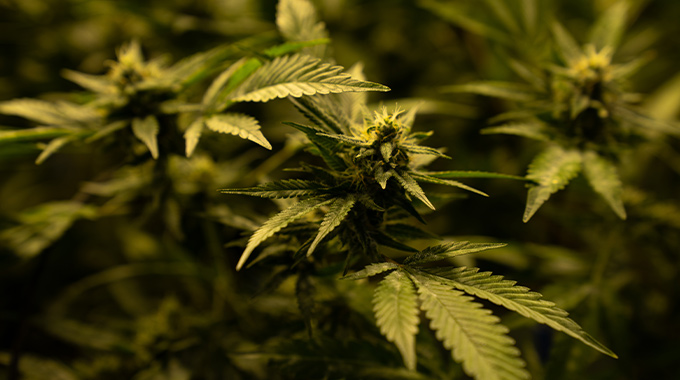
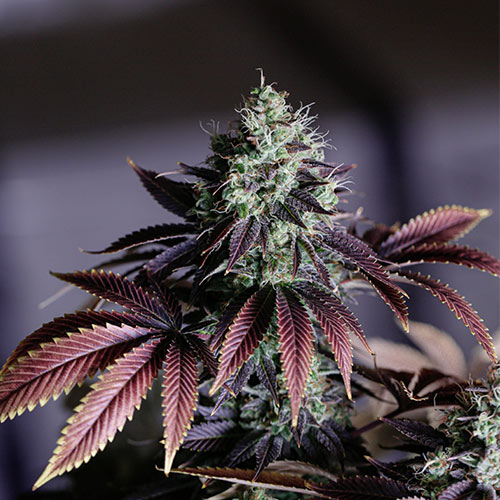
Cannabidiol - the basis of CBD flowers and legal hemp products
Cannabidiol (CBD) is a cannabinoid that is naturally extracted from hemp. The marijuana plant is obtained from industrial hemp seeds, so the flowers contain a maximum THC content of 0.2 %. Although CBD comes from the cannabis plant, there is a big difference in terms of legality. The non-intoxicating effect ensures that cannabidiol is legal in most European countries.
THC - the intoxicating active ingredient of cannabis sativa
When consumers talk about “smoking weed”, they mean using cannabis sativa and cannabis indica with the highest possible THC content. The psychoactive effect is one of the biggest differences to CBD. Even consuming small amounts triggers a state of intoxication that can have an impact on physical and mental perception.
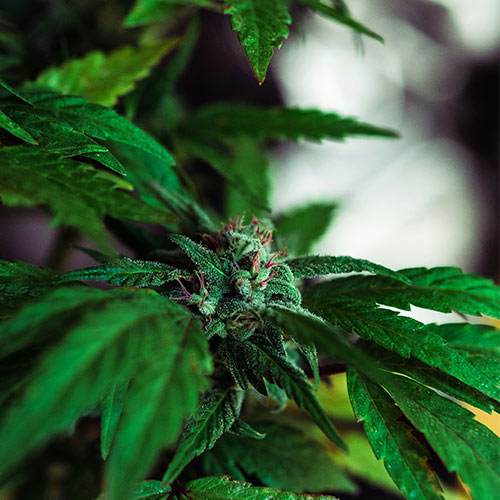
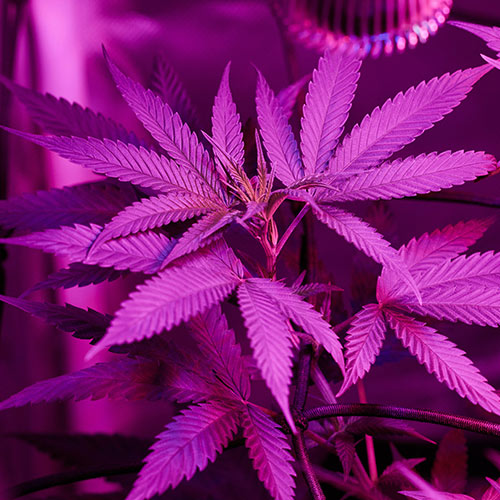
The effect on the endocannabinoid system - this is where THC & CBD differ
The fact that people feel an effect and a strong effect of CBD and THC at all is related to the body’s cannabinoid receptors. CBD triggers the CB1 and CB2 receptors and influences them so that the body can optimally utilise the cannabinoids it produces. This effect on the brain is said to be pain-relieving, anxiolytic and anti-inflammatory.
THC, on the other hand, binds directly to the brain’s CB1 receptor and consequently leads to a strong release of dopamine. This substance is naturally present in the body and, in excess, leads to feelings such as euphoria, increased appetite and altered perception.
Put simply, CBD is a substance with a modular effect. The breakdown of endogenous endocannabinoids is reduced and their utilisation is stimulated. This ensures a somewhat milder and different effect, but at the same time does not trigger a high.
THC has a direct effect and has a high affinity for the CB1 receptors, which are predominantly found in the brain. When the receptors are activated by the THC ingredients, the rapid and clearly noticeable effect of the cannabis plant begins.
The effects of THC and CBD - differences and similarities
Although both are cannabinoids and compounds of the cannabis plant, there are clear differences in the effects of CBD and THC. The effects of CBD are less pronounced and its use is associated with an optimisation of physical and mental health. Initial research results actually show that CBD products could have a pain-relieving and anti-inflammatory effect. CBD is primarily used as an oil, whereas classic cannabis is smoked in the form of joints or vaporised in a pipe.
Effects and side effects of CBD:
- CBD oil is often used to relieve pain.
- CBD flowers are said to be able to relieve anxiety.
- Users utilise CBD for depression.
- It is said to be possible to reduce inflammation through the use of CBD.
- Some forms of epilepsy are reported to respond well to CBD.
- CBD can lower blood pressure at high doses, which can lead to dizziness.
- Nausea has been reported at the beginning of use.
- Appetite fluctuations may occur.
Effects and side effects of THC:
- For severe pain, THC is sometimes prescribed by doctors as medicinal cannabis.
- Cannabis has been shown to relax muscles.
- THC-containing substances increase the appetite of many users.
- Glaucoma patients can benefit from effective relief of intraocular pressure.
- Medicinal cannabis is used to treat nausea during chemotherapy.
- Dry mouth has been reported after consuming THC.
- Coordination problems can occur under the influence of THC.
- Flowers containing THC may increase the heart rate.
- Paranoia and even psychosis have been reported with marijuana.
- Memory problems (temporary) are part of the side effects.
As you can see, there is a slight difference in the positive effects of CBD and THC. The main differences between the two substances can be found in the side effects. Delta 9 tetrahydrocannabinol has a much stronger effect and consequently leads to more undesirable effects. It must be said here that it always depends on the strain. Not every hemp plant is the same. In the 1990s, common THC flowers were significantly weaker than they are today.

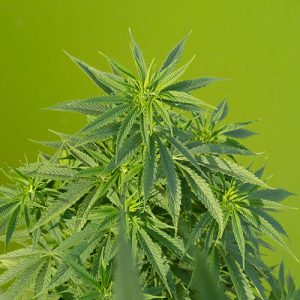
Distinguishing between CBD and THC - what is the difference between the flowers?
If you are caught driving with CBD flowers, this can cause problems. The difficulty is that there is no significant visual difference for laypeople. With so many different CBD and THC strains in circulation, all flowers look slightly different. Experts may be able to recognise the difference between THC and CBD with a magnifying glass, but a traffic police officer may not make this effort during an inspection.
So if you are travelling by car, always leave your CBD flowers at home.
Take a close look: If you are interested in the appearance of THC and CBD flowers yourself, take a close look at a CBD specimen under a magnifying glass. Many CBD flowers are airier and less resinous than THC-rich varieties. This is due to the reduced trichome content, which is responsible for the strong psychoactive effect of THC. Otherwise, the structure of the plants and flowers is completely identical in comparison. You should not grow any plants in your garden before cannabis is legalised in Germany, even if the ingredients are legal. You will attract the attention of your neighbours and, in the worst case, the police!
Areas of application for THC and CBD - there are not always differences
The significance of THC goes far beyond its status as a drug. Occasional users often use “weed” to get high, to replace alcohol in the evening or simply to have fun with friends. However, there are also completely different types of use, for example to reduce physical complaints. Although it has been officially possible to obtain THC as medical cannabis from a doctor since 2017, it is still difficult in practice. Not every doctor prescribes the product without problems, as it costs the health insurance company money. As a result, people are turning to other means of obtaining cannabis containing THC to help alleviate their symptoms.
As CBD does not cause intoxication, it is not used as a drug. Most people use it in the hope that it will have an effect on various ailments.
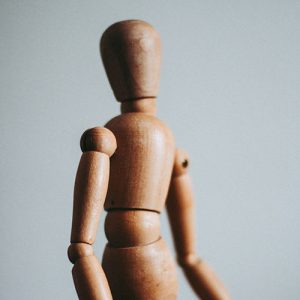
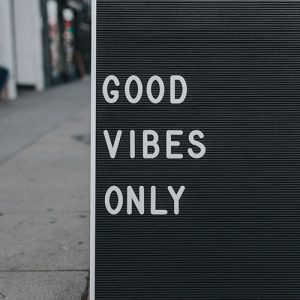
Conclusion: CBD and THC are not as different as you might think
Apart from the effects when used, THC and CBD have a lot in common. The flavours of individual varieties are almost identical, the appearance only differs slightly for experienced connoisseurs. The underlying hemp plant grows identically both as a CBD variety and as a THC variety. In fact, most flowers contain a proportion of both cannabinoids, in varying quantities. CBD items contain a maximum of 0.2 % THC, THC-containing substances often contain less than 2 % CBD. Regardless of the type of cannabinoid, it is important to pay attention to quality when using it. CBD flowers must come from reputable manufacturers, only then are the products well tolerated.

